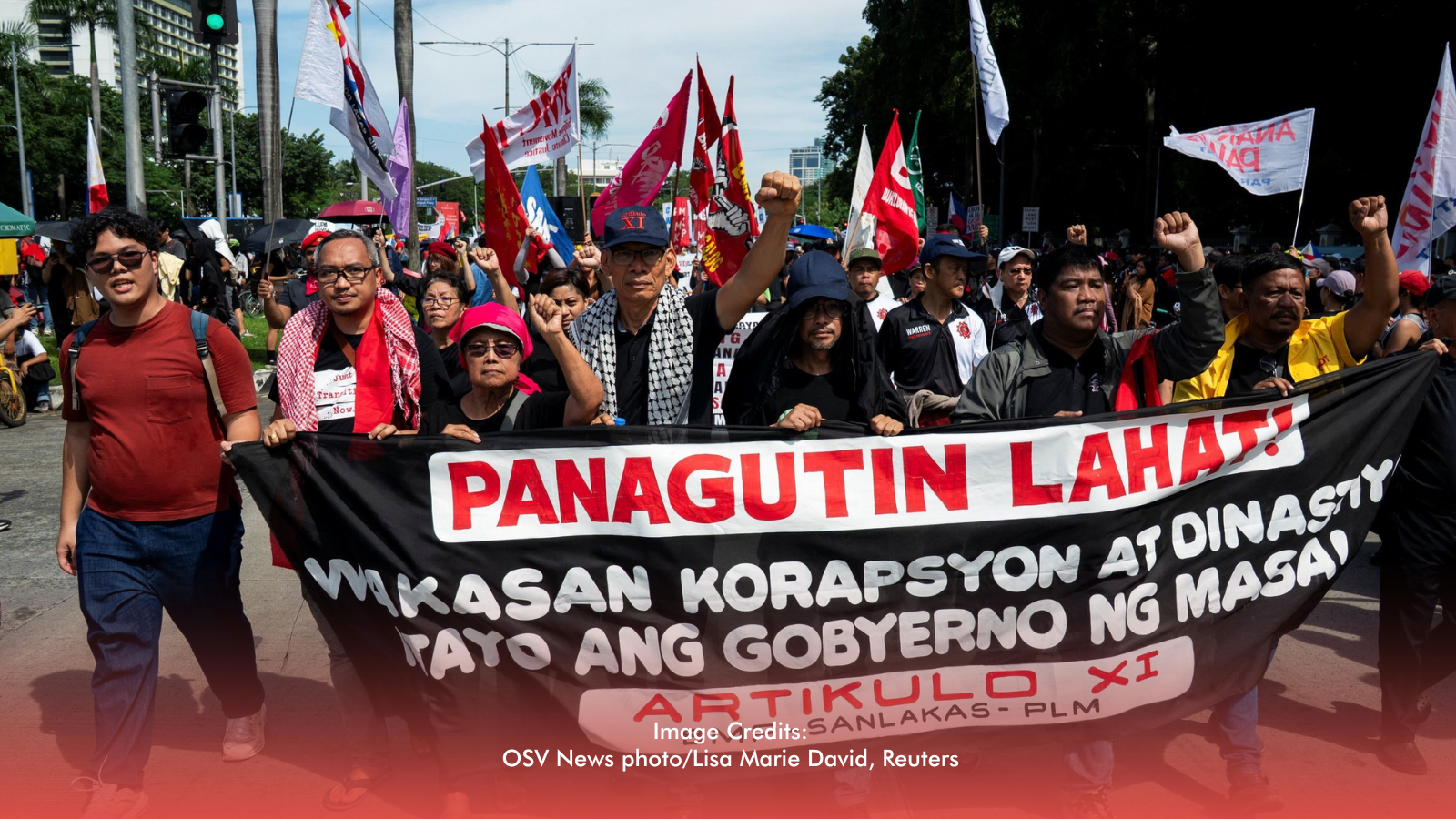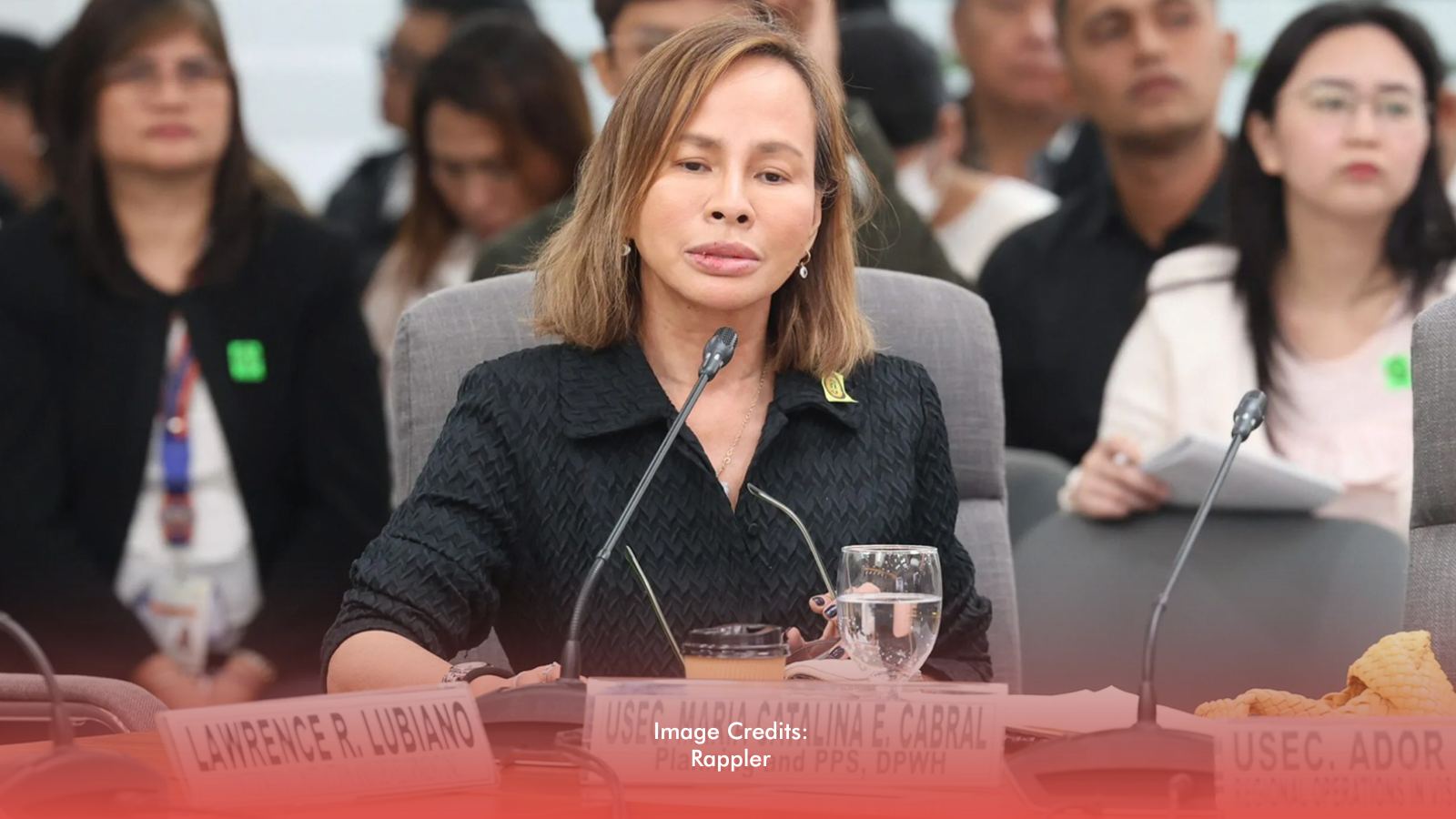Seventy-seven percent of residents in Mega Manila believe corruption is more widespread now compared to three years ago, according to the latest SWS Surveys on corruption. The findings were released Thursday, alongside a historical review of corruption perception data dating back to 2000.
The survey, conducted from October 19–22, 2025, interviewed 600 adults across the National Capital Region, Bulacan, Cavite, Laguna, and Rizal. It carries a margin of error of ±4%.
In a key question “How much corruption do you think there is in the government?”, 84% of respondents answered “a lot,” the highest figure recorded in the past 25 years. Previous peaks under the Estrada and Arroyo administrations never surpassed the 77% range, while figures dropped significantly under Aquino and Duterte. The 2025 result stands as the sharpest spike in the entire series.
SWS noted that earlier corruption perception data (2000–2018) came from surveys of business managers, while the 2025 findings reflect views from the general adult population in Mega Manila.
National Government Seen as the Center of Corruption
The spike in public concern comes at a time of congressional and media scrutiny over alleged irregularities in infrastructure projects, including controversial flood control works in Bulacan.
Across the region, the perception that corruption has worsened remains consistent: NCR (80%), Bulacan (71%), Cavite (76%), Laguna (74%), and Rizal (74%). Only 11% of respondents believe corruption stayed the same, while 12% think it was more widespread three years ago.
Respondents also pointed to the national government as the level where corruption is most prevalent (83%). Provincial governments followed at 38%, city and municipal governments at 35%, and barangays at 25%. These figures mirror long-standing trends in SWS surveys from 2000, 2009, 2016, and 2018, where corruption is seen as concentrated at the higher levels of bureaucracy.
Top-Level Officials and Bribe Requests Seen as Main Drivers
When asked which government employees are most associated with graft, 73% of respondents cited Cabinet-level officials—secretaries, undersecretaries, and assistant secretaries. Middle-level managers were mentioned by 15%, supervisors by 4%, and rank-and-file personnel by 8%.
The survey also explored who typically initiates corruption. Seventy-five percent believe it begins with government employees who ask for bribes, while 23% say citizens who offer bribes are the initiators.
The October 2025 survey forms part of SWS’s long-term effort to map how Filipinos perceive corruption and its direction across administrations.








